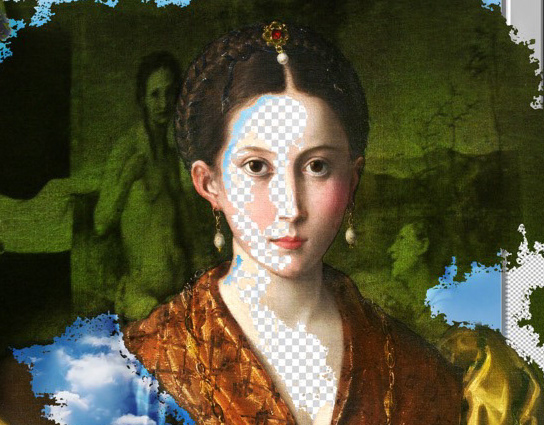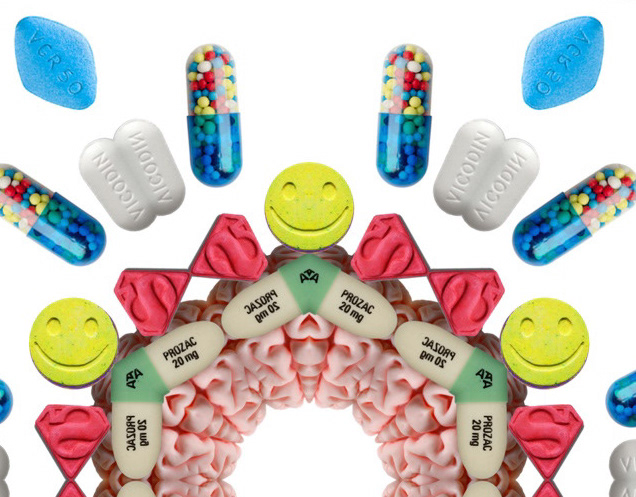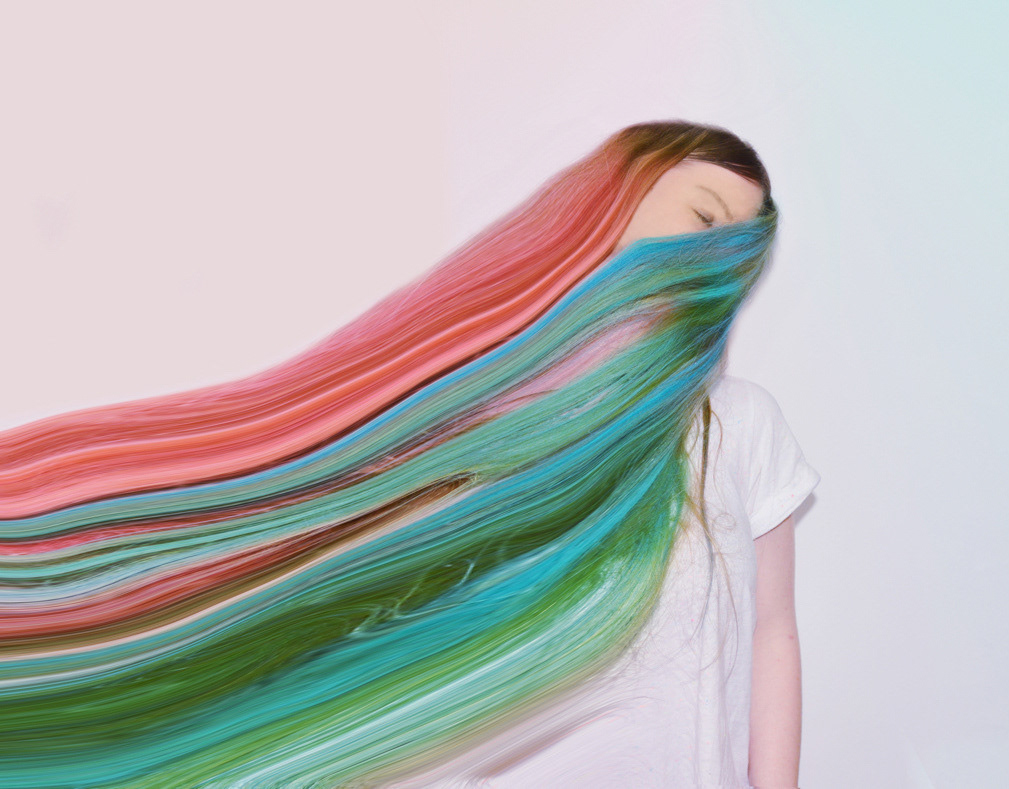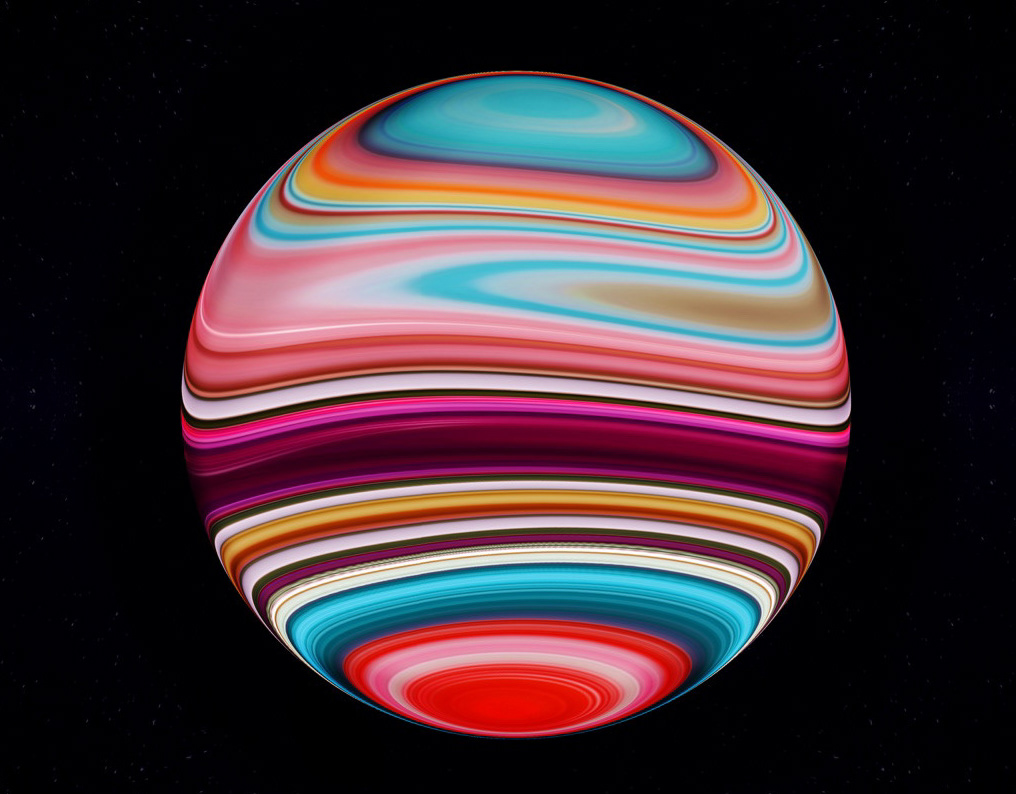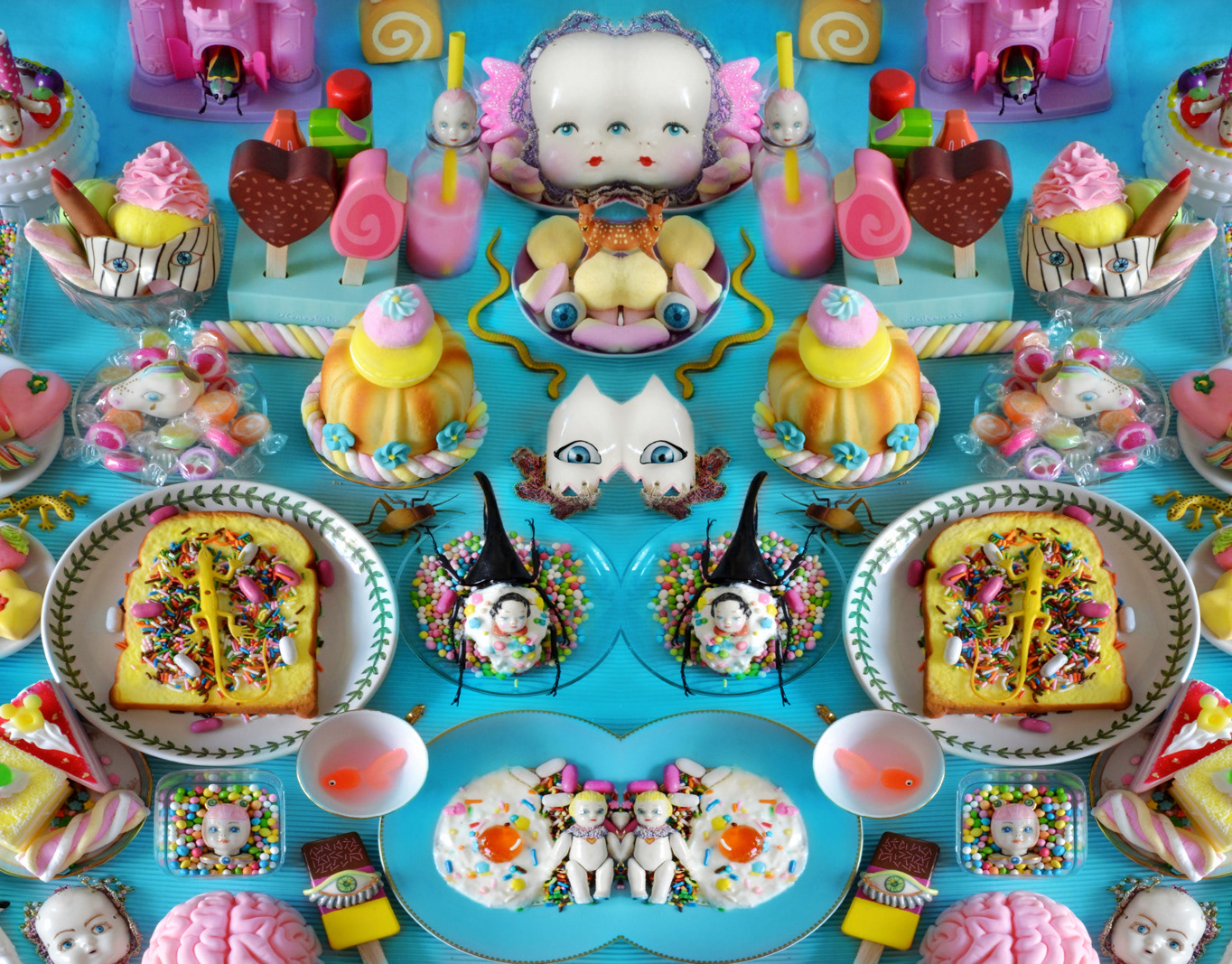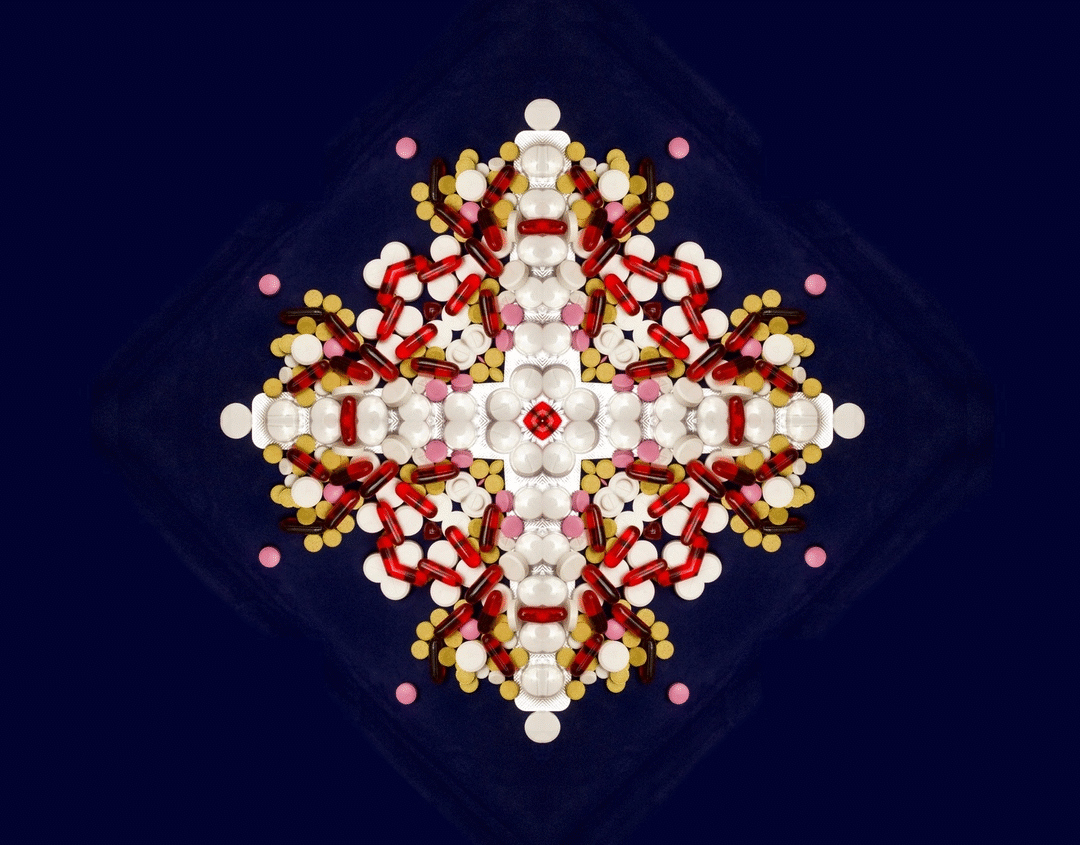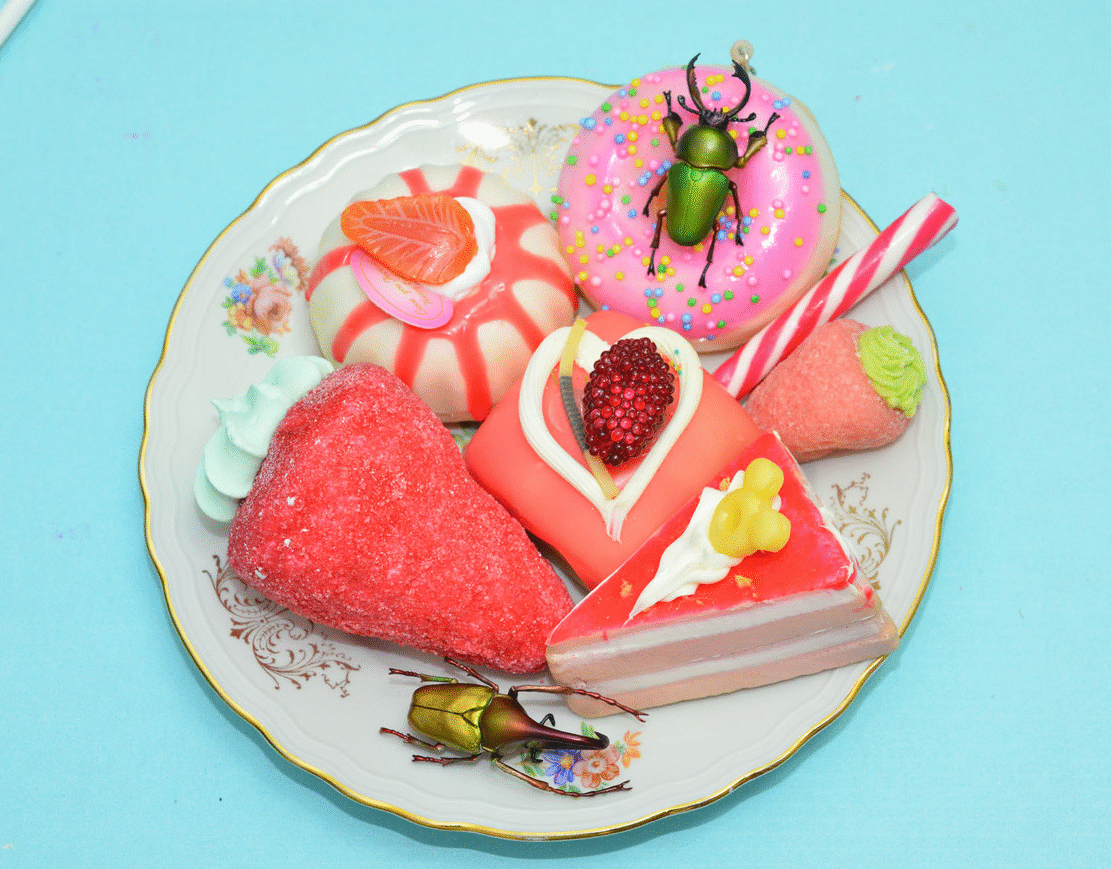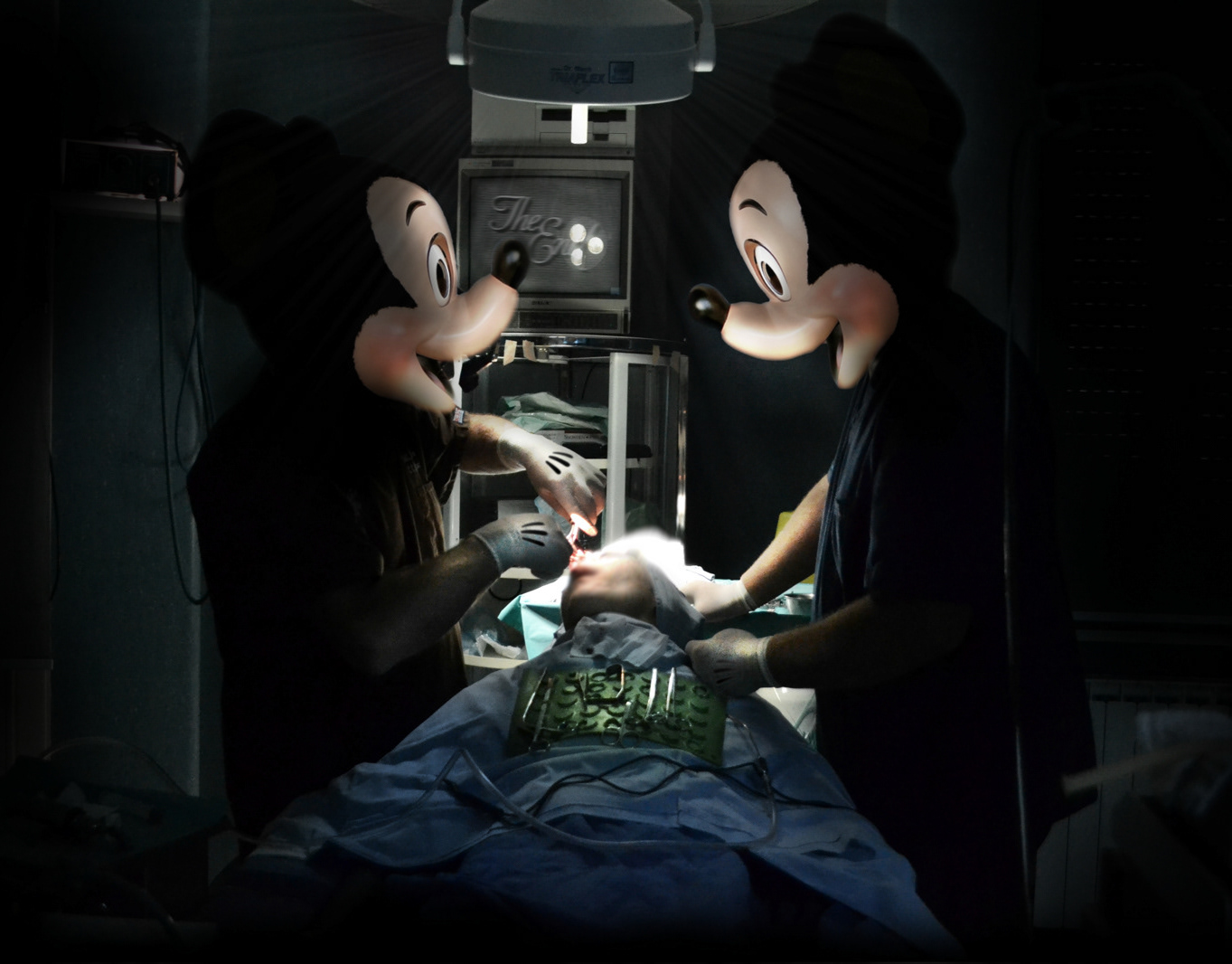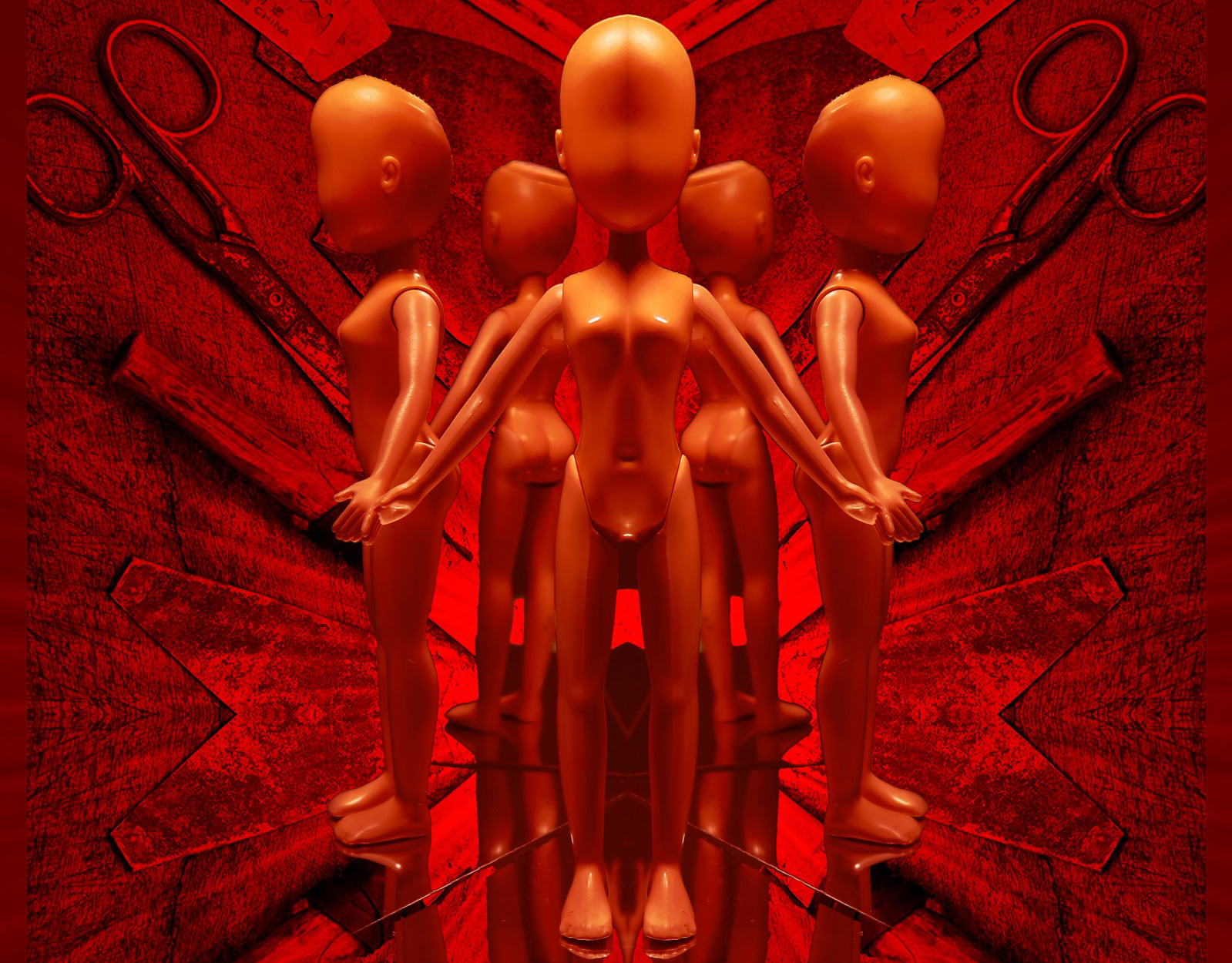delusional parasitosis
Delusional Parasitosis is a photographic series exploring the disquieting intersections of mental illness, perception, and eating disorders. Through meticulously staged still-life compositions, food is portrayed as both obsession and anguish, seducing and unsettling the viewer at once.
The camera adopts the perspective of the afflicted, drawing the audience into a warped psychological space where reality bends. The title references the psychiatric condition of believing one is infested with invisible parasites, serving here as a metaphor for the internal torment of disordered thoughts and compulsions.
This series was exhibited as part of Dulce Engaño at the Museum of Ceuta.
Vampirism – Renfield Syndrome, 2015
Archival pigment print on Hahnemühle Photo Rag
Limited edition print – dimensions available upon request
Archival pigment print on Hahnemühle Photo Rag
Limited edition print – dimensions available upon request
"Explores the compulsion to consume blood, juxtaposing myth and psychiatric reality."
Delusional Parasitosis, 2015
Archival pigment print on Hahnemühle Photo Rag
Limited edition print – dimensions available upon request
Archival pigment print on Hahnemühle Photo Rag
Limited edition print – dimensions available upon request
"A chaotic table set with pills, insects, and broken food rituals evokes the terrifying belief of being consumed from within."
Fear of Choking , 2015
Archival pigment print on Hahnemühle Photo Rag
Limited edition print – dimensions available upon request
Archival pigment print on Hahnemühle Photo Rag
Limited edition print – dimensions available upon request
"Depicts anxiety through a plate of stones and a glass of nails, symbolizing the struggle with nourishment."
Sugar and Neurons, 2018
Archival pigment print on Hahnemühle Photo Rag
Limited edition print – dimensions available upon request
"Highlights the detrimental effects of sugar on mental and physical health."
Archival pigment print on Hahnemühle Photo Rag
Limited edition print – dimensions available upon request
"Highlights the detrimental effects of sugar on mental and physical health."
Fresh Food, 2015
Archival pigment print on Hahnemühle Photo Rag
Limited edition print – dimensions available upon request
Archival pigment print on Hahnemühle Photo Rag
Limited edition print – dimensions available upon request
"A juxtaposition of synthetic ingredients, insects, and childhood iconography on pastel dishes—inviting a critique of hyper-processed consumption."
Poisoned, 2015
Archival pigment print on Hahnemühle Photo Rag
Limited edition print – dimensions available upon request
Archival pigment print on Hahnemühle Photo Rag
Limited edition print – dimensions available upon request
"A tearful doll confronts a sterile world of pills, syringes, and a scorpion in a case—symbolizing the insidious, inescapable nature of toxic dependencies and psychological intrusion."
Stop Playing, 2105
Archival pigment print on Hahnemühle Photo Rag
Limited edition print – dimensions available upon request
Archival pigment print on Hahnemühle Photo Rag
Limited edition print – dimensions available upon request
"Tears flowing down the dolls’ eyes give life to the representation of a child’s sadness because she is impeded from playing due to an ongoing illness."
The Parasite, 2019
Archival pigment print on Hahnemühle Photo Rag
Limited edition print – dimensions available upon request
Archival pigment print on Hahnemühle Photo Rag
Limited edition print – dimensions available upon request
"A surreal reflection on Delusional Parasitosis, blending sweetness and horror—a snake emerges from a donut lodged in a medical collar, symbolizing the body invaded by invisible torment."
Meat, 2015
Archival pigment print on Hahnemühle Photo Rag
Limited edition print – dimensions available upon request
"A dissection of modern food ethics and industrialized meat, featuring an anatomical cow and prosthetic limb in a clinical, surreal layout."
Archival pigment print on Hahnemühle Photo Rag
Limited edition print – dimensions available upon request
"A dissection of modern food ethics and industrialized meat, featuring an anatomical cow and prosthetic limb in a clinical, surreal layout."
Riflessioni a Tavola, 2015
Archival pigment print on Hahnemühle Photo Rag
Limited edition print – dimensions available upon request
"Still life becomes psychological mirror — what we eat, touch, and reflect on forms a poetic anatomy of control."
Archival pigment print on Hahnemühle Photo Rag
Limited edition print – dimensions available upon request
"Still life becomes psychological mirror — what we eat, touch, and reflect on forms a poetic anatomy of control."
Spring is coming! , 2015
Archival pigment print on Hahnemühle Photo Rag
Limited edition print – dimensions available upon request
Archival pigment print on Hahnemühle Photo Rag
Limited edition print – dimensions available upon request
"Symbolizes hope and renewal amidst mental health challenges."
